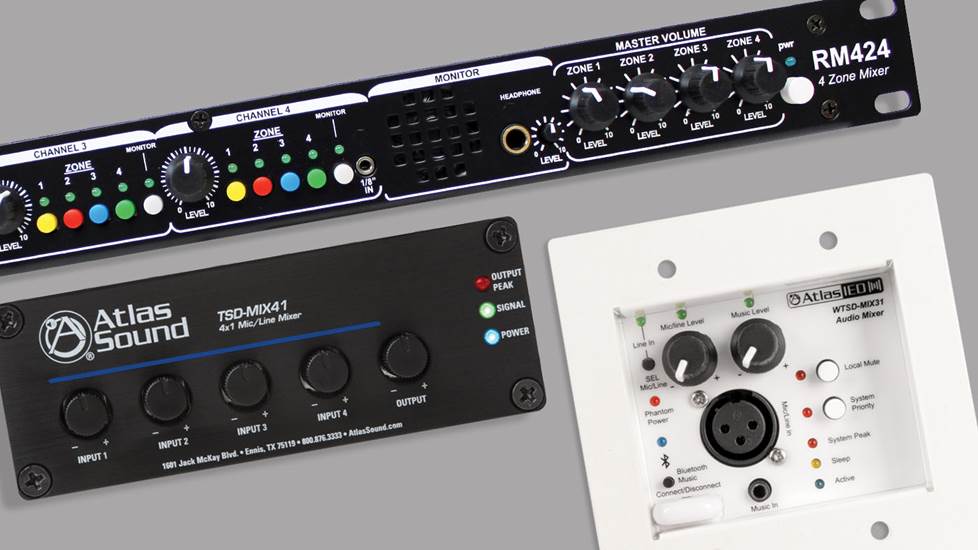Maximizing Sound Experience Through Strategic Audio Arrangement in Commercial Spaces
Maximizing Sound Experience Through Strategic Audio Arrangement in Commercial Spaces
Blog Article
Maximizing acoustic experience in commercial spaces is essential for establishing an appealing and effective atmosphere. Whether it’s in a dining establishment, shopping store, or office, the manner sound moves and is perceived can greatly affect client contentment and staff productivity. Thoughtful audio placement plays a crucial part in achieving ideal audio quality. By understanding the principles of sound dynamics and considering the design of the area, businesses can improve the complete auditory experience for all present.
One of the initial actions in effective audio placement is to evaluate the dimensions and shape of the business space. Various sections may have unique sound properties that affect how sound functions. For example, large, open spaces may need more speakers to ensure uniform sound distribution, while smaller, enclosed spaces might gain from less audio units placed strategically to avoid overloading the listener. Additionally, the materials used in the building of the area, such as walls, surfaces, and roofs, can affect sound bounce and dissipation. Understanding these factors helps in determining the best locations for audio units.
Another crucial consideration is the type of audio being played. Ambient tunes in a coffee shop, announcements in a retail store, or presentations in a conference space all necessitate different audio setups. For example, in a dining establishment, audio units should be positioned to create a pleasant ambiance without dominating dialogues. In contrast, in a shopping space, audio units may need to be located to ensure that promotional messages are distinctly audible throughout the area. Customizing the audio placement to the specific audio requirements of the environment can greatly improve the complete experience.
The height and angle of the audio units also play a significant role in audio coverage. Placing speakers at ear level can help ensure speaker placement for bass response that sound reaches the listeners efficiently. Additionally, tilting audio units towards the center of the room can help focus sound where it is needed most. This is particularly important in spaces with high ceilings, where sound can readily dissipate. By carefully considering the height and direction of the speakers, businesses can create a more immersive acoustic experience that keeps clients engaged and staff concentrated.
Finally, regular evaluation and adjustment of speaker placement are essential for maintaining optimal audio performance. As the design of a business space changes, or as new furniture and accessories are added, the acoustic dynamics may shift. Conducting periodic evaluations can help identify any issues with sound distribution and allow for necessary adjustments. By focusing on thoughtful audio positioning and continuous assessment, companies can ensure that their commercial spaces offer a welcoming and enjoyable sound environment for all.